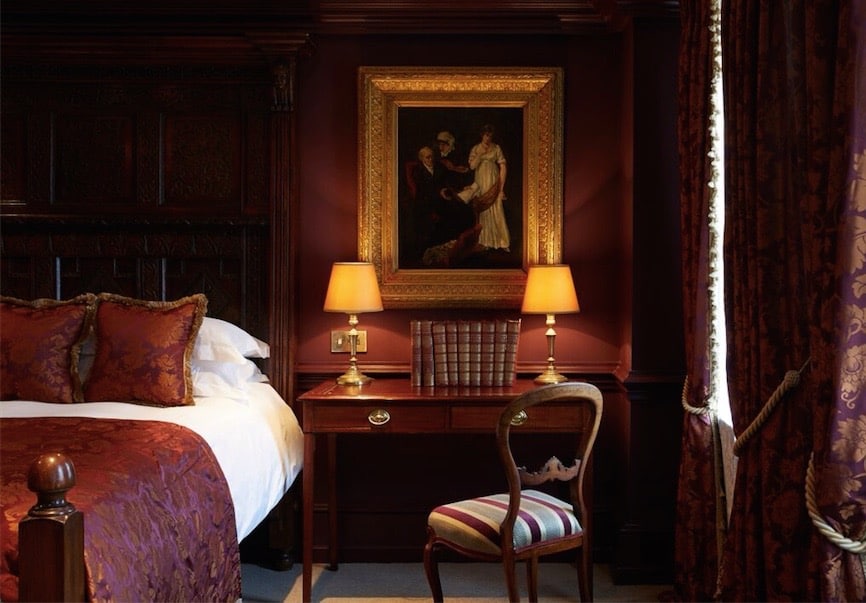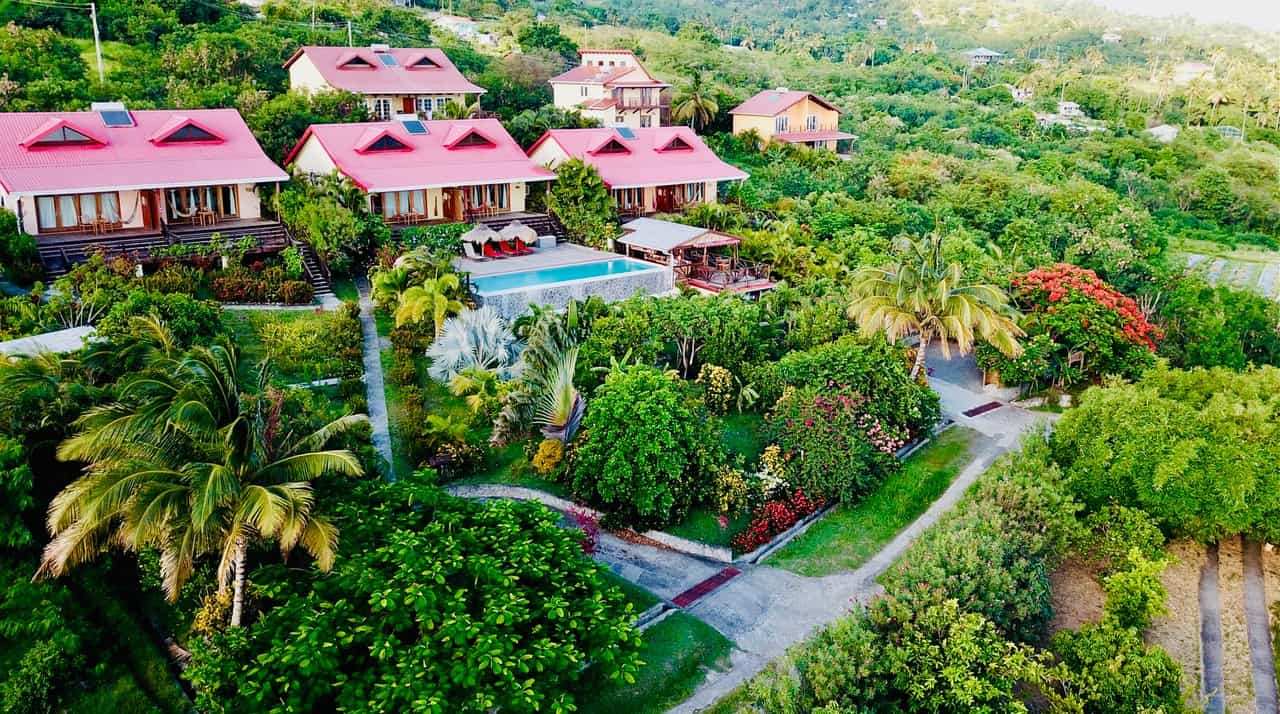Contributor/ Imran Hussain
Best Known For
Batty Langley’s is likely best known for being part of the Hazlitt’s group of hotels, featuring The Hazlitt’s in Soho and of course The Rookery in Clerkenwell. In addition to this its name is rather synonymous with Georgian period houses due to a fellow by the name of Bartholomew Langley, a published drawing master who penned well-loved books designed to help their owners achieve “the most Grand Taste”. The hotel features 3,500 books, which is more than some libraries.
The Good Stuff
This is an old era hotel, with many hip and progressive features – and by saying this, I also mean ‘quirky’. It’s a unique feeling to not want to share too many of these intricate and devilishly well-thought-out features, because really, like most genuine treats, they’re best discovered firsthand. One bedroom, named Obadiah Shuttleworth (the era’s best-loved organist) offers all the glory of a grand hotel, but none of the stuffiness, which is a miraculous thing to balance. At this hotel you’ll rarely see any overt displays of technology. Even the elevator is clad in period finishings, whilst the TVs are cleverly concealed behind a mirrored Georgian era cabinet. All the bedrooms feature high beds, because they reflect the period, and of course extremely plumped up sofas, which on first glance don’t look so appetising, but by the time you’re half way through sinking into one, you’re sold and probably nodding off comfortably. But, as is so rarely the case, it’s the bathroom that steals the show. The loo itself is most notable, a formidable era-honest armchair conceals a toilet seat. The mirrors are heated, so none of that condensation will get in the way of a little self-admiration. The showers are a stroke of genius – clad in brass piping (which may or may not make you think of Mary Shelley’s Frankenstein, depending on your cultural references) offer one of the best showering experiences in hotel-land. A monsoon showerhead and two vertically lined jets on either side of you will have you coming out of that cubicle feeling like Jack Nicholson in As Good As It Gets. The toiletries, courtesy of Ren, will make you glad to see a standalone bathtub to your right.
The Vibe
On arrival, you press a discreet door buzzer so the staff can greet and welcome you inside, which should make you feel like you’re staying at your friend’s place – if of course your friend was ol’ Batty himself. The lobby is lined with a set of striking portraits of some of the individuals after whom the bedrooms are named. This is a grown-up hotel, created for grown-ups with distinguished taste and a wicked sense of humour.
Inside the Hotel 8/10
The hotel does not have a restaurant, but does serve a very delicious breakfast. The lack of a restaurant is somewhat of a shame, as we can only imagine that should the duo behind this hotel – Peter McKay and Douglas Blain – turn their hand to food and drink we’d be in for a real treat with lots and lots of delicious detail. The honesty bar feels much like a grandad’s liquor cabinet and that’s exactly what it’s supposed to feel like. There’s a lovely front room facing Folgate Street on the ground floor of the hotel. Painted in deep reds, with a long sofa, it’s the perfect sitting room. I couldn’t but ponder just how I’d return to residential living. As Blain and McKay put it themselves, “Atmosphere, even in an unspoilt period building, is the hardest thing to create and the easiest to destroy”.
Outside the Hotel 8/10
Please forgive the bias, but Folgate Street has always been one of my favourite streets in London. Lesser known to bankers and city types, far lesser known to Shoreditch hipsters, it’s the last pocket of ‘east’ London that seems untouched by glass clad buildings and/ or exposed concrete walls. It has charm, romance and an abundance of character. Venturing past this yes, yes there’s Shoreditch and The City. But the real gem is Spitalfields, an area steeped in London history. The market was originally named Spital Field and was founded in 1682 by John Balch. Two years later Edward Metcalfe, Balch’s nephew, built the first Market House on the site. By 1770 it was named one of the best markets in London, second only to Covent Garden. Later in life (1885-1887) the market house was demolished and the current building, designed by Oswald Gardner and Co, was erected. Today Spitalfields is the bustling heart and soul of East London.
Image courtesy of Batty Langley’s









